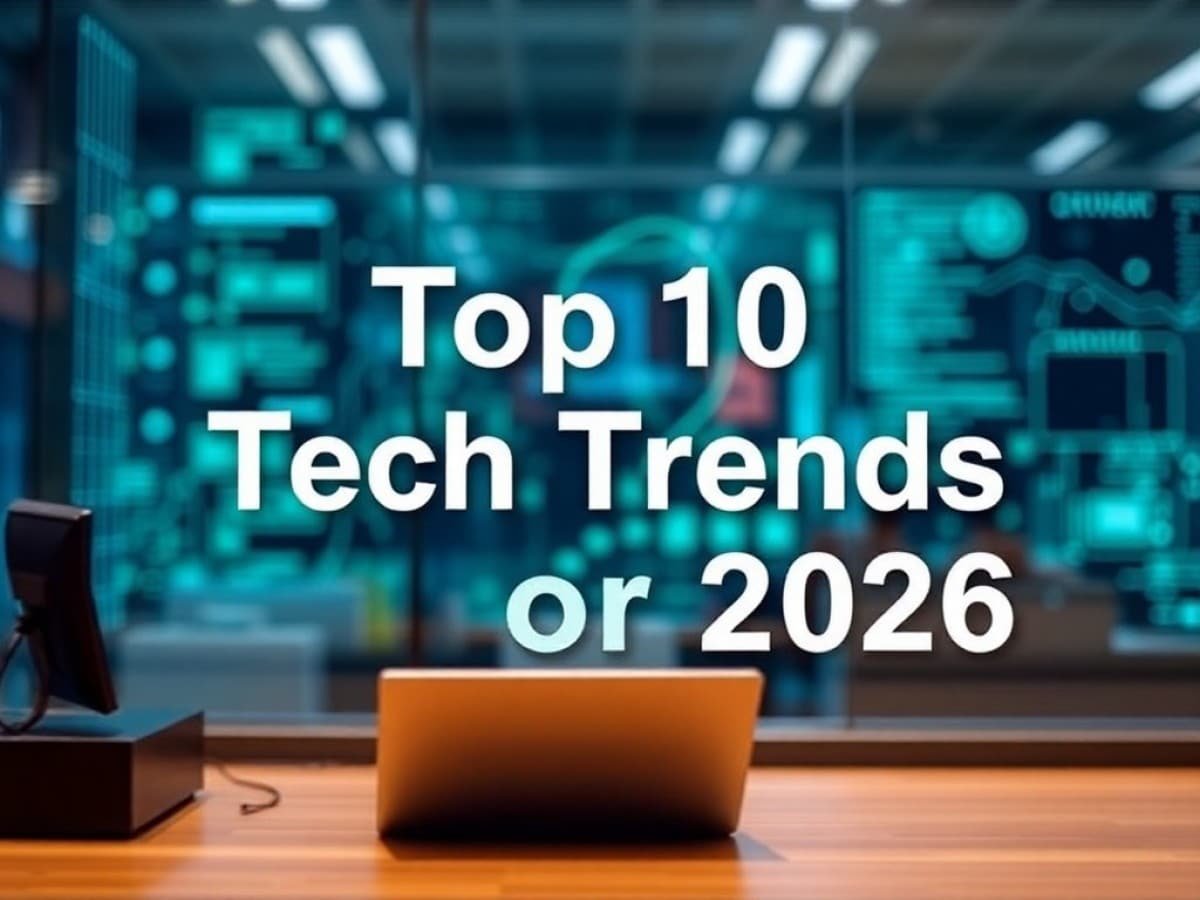IT Trends Shaping Digital Transformation in Business
Trends Reflecting the Realities of an AI-Driven, Hyperconnected World
The landscape of information technology is evolving rapidly, influenced by the increasing integration of artificial intelligence across various sectors. With this in mind, American research firm Gartner has unveiled its strategic technology trends for 2026 during its prestigious IT Symposium/Xpo event in Orlando. Businesses must keep a finger on the pulse of these technological advancements to remain competitive in an era defined by hyperconnectivity and AI-driven processes.
To effectively navigate these changes, Gartner has categorized its insights into three major thematic areas that describe how businesses can align their strategies with emerging technologies:
-
The Architect: Focuses on constructing secure, scalable, and adaptive digital infrastructures, aligning with AI-native development platforms or AI supercomputers.
-
The Synthesist: Orchestrates the integration of diverse technologies to unlock new sources of value, with innovations such as multi-agent systems or domain-specific language models.
- The Vanguard: Dedicated to enhancing trust, governance, and security through initiatives like preventive cybersecurity, digital provenance, and AI security measures.
"Gartner carefully selected these 10 trends based on their potential to drive innovation, boost resilience, and enhance trust in a world dominated by AI and hyperconnectivity."
Key Technology Trends to Watch by 2026
AI is integral to the strategic trends identified by Gartner. Let’s delve deeper into the key predictions from their report that are expected to shape the future of IT in business.
AI-native Development Platforms
One of the standout trends is the rise of AI-native development platforms. These platforms harness the power of generative AI to streamline software development processes. Even individuals without technical expertise can leverage tools like vibe coding and AI agents to collaborate with skilled teams. This shift could allow organizations to produce significantly more applications with the same resources, with Gartner predicting that by 2030, 80% of organizations will transition their large software teams to smaller, AI-augmented teams. Additionally, they forecast that 40% of enterprise applications will be built using these innovative platforms by that time, a monumental increase from just 2% in 2025.
AI Supercomputers
AI supercomputers are another trend set to reshape the digital landscape. These systems will provide the immense computational power necessary to train sophisticated models through hybrid architectures that utilize CPUs, GPUs, and even cutting-edge technologies like quantum processors. Gartner indicates that by 2028, 40% of enterprises will have adopted such hybrid systems, a significant rise from the current 8%. These supercomputers hold promise for applications in diverse fields such as drug discovery, climate modeling, and energy exploration.
Confidential Computing
As data protection grows increasingly vital, "confidential computing" emerges as a crucial trend. This approach involves isolating data processing within secure hardware environments to safeguard against unauthorized access—even from cloud providers. Gartner anticipates that by 2029, 75% of processing performed in untrustworthy environments will be protected through this method, addressing compliance and data sovereignty requirements, especially in highly regulated industries.
Multi-agent Systems
Multi-agent systems (MAS) are designed to integrate multiple specialized AI agents that collaborate to automate complex workflows that a single AI might struggle with. Companies are likely to adopt this modular architecture to maximize efficiency and complexity in their operations. Gartner predicts that by 2027, 70% of multi-agent systems will implement specialized agents, and by 2028, 60% will ensure interoperability across different providers.
Preventive Cybersecurity
In light of escalating cyber threats, businesses must shift from reactive to preventive cybersecurity measures. AI will play a crucial role in this proactive approach, enabling organizations to foresee and neutralize potential attacks before they can inflict damage. With projections indicating over a million vulnerabilities annually by 2030, Gartner notes that half of software security budgets will be allocated to these forward-thinking strategies.
Additional Trends
In addition to these pivotal trends, the Gartner report also highlights other innovations that are expected to redefine the IT landscape. These include:
-
Digital Provenance: Ensuring the authenticity and traceability of data and digital assets.
-
AI-based Security Platforms: Enhancing the capabilities of cybersecurity through AI algorithms that learn and adapt.
-
Geopatriation: Addressing data sovereignty through localized data processing.
-
Domain-specific Language Models: Custom models that cater to specific industries or applications.
- Physical AI: Integrating AI into the physical world through robotics and IoT devices.
These advancements collectively illustrate the transformative impact AI and digital technology will have on businesses across various sectors in the coming months. Staying informed and adaptive will be crucial for organizations aiming to thrive in this rapidly evolving IT ecosystem.





